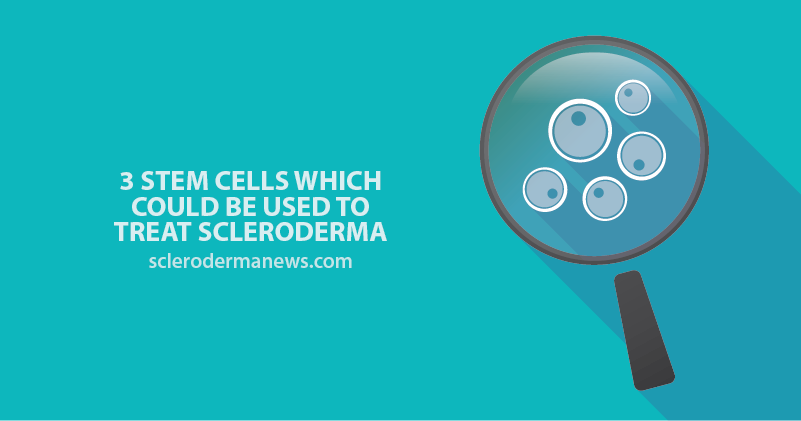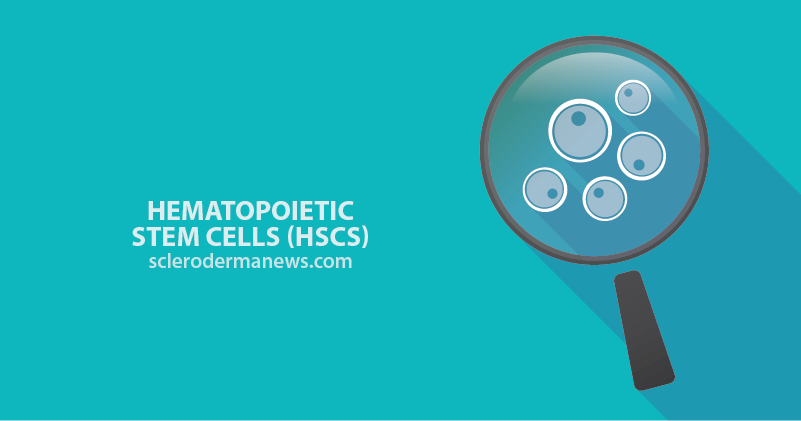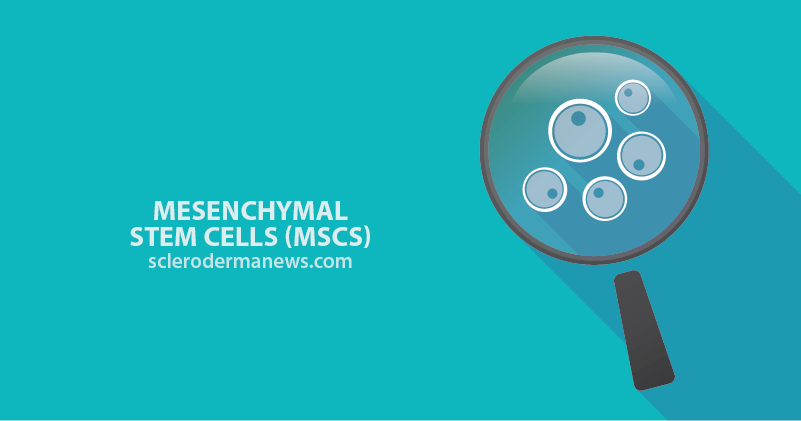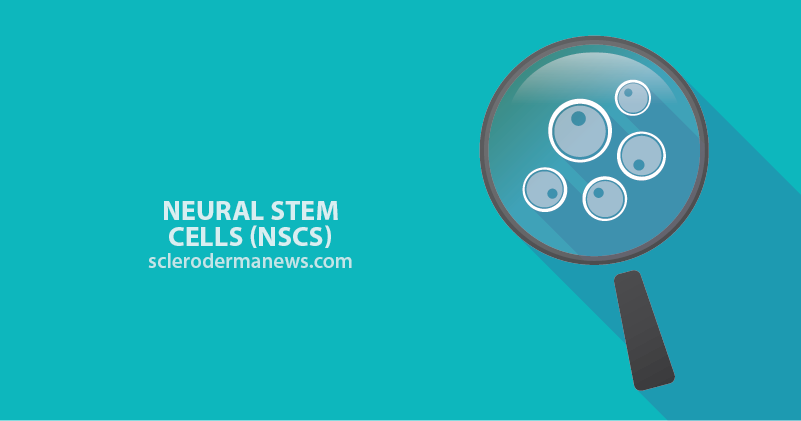3 Stem Cells Which Could Be Used to Treat Scleroderma
Written by |

Stem cells have the ability to duplicate and develop into various kinds of cells within the body, such as skin, bone, tissue, etc, and researchers believe stem cells can be used to repair damage in the body. In some scleroderma patients, stem cell transplants appear to reset autoimmunity.
There are different types of stem cells that have different potency and come from different sources: adult and embryonic stem cells. Here are the three types of adult stem cells and what they can be used for:

Hematopoietic stem cells (HSCs)
HSC occur in the bone marrow and could become the precursors of immune system cells and blood cells, developing into mature cells. A person will produce large amounts of HSCs over their lifespan which regenerate the blood and the immune system. They can be harvested from umbilical cord blood, peripheral blood, and bone marrow.
HSCs can be collected from a person and then transplanted back (autologous HSC transplant), or donated to a different person.
Clinical trials in the U.S. and Europe have found these types of stem cells have dramatically improved skin fibrosis in scleroderma patients.
Find out more about the possible effects stems cell transplants may have scleroderma patients.

Mesenchymal stem cells (MSCs)
These types of stem cells can self-replicate and turn into various types of cells such as cartilage, bone, tendon, fat, muscle and neural cells.
They are generally harvested from bone marrow, but can also be harvested from other sources such as the placenta, umbilical cord blood, fat tissue and dental pulp.
Clinical trials of MSC transplants for scleroderma have shown patients who report better overall quality of life with less pain and fatigue, better mobility and improved breathing.
Discovery may bolster an experimental stem cell therapy for scleroderma. Read more.

Neural stem cells (NSCs)
These types of stem cells can be found in the central nervous system and obtained from adult brain tissue or embryonic tissue. NSC have the potential to repair the central nervous system but so far there has only been clinical trials on animal models.
Find out more about the different types of stem cells.
Scleroderma News is strictly a news and information website about the disease. It does not provide medical advice, diagnosis or treatment. This content is not intended to be a substitute for professional medical advice, diagnosis, or treatment. Always seek the advice of your physician or another qualified health provider with any questions you may have regarding a medical condition. Never disregard professional medical advice or delay in seeking it because of something you have read on this website.





